The Panzerkampfwagen VIII Maus was designed by Ferdinand Porsche (yes that Porsche, founder of the famous German sports car company). It was a giant tank built by the Germans in a bid to revitalize their declining fortunes. It stands out as one of the most ambitious projects ever undertaken by the Nazis. The tank was captured before they mass produce these tanks and send them to the front line.So we'll never know what they would have been like in battle. But as impressive as this tank was, it was also immensely impractical. This was one of the mega projects of the German Reich and one that had the personal attention of Adolf Hitler. "Panzerkampfwagen VIII" is German for "tank fighting vehicle eight" while "Maus" means "mouse." Not such a ferocious name compared to the German Tiger Tank. Here is everything you need to know about the Panzerkampfwagen VIII Maus - the heaviest tank ever produced.
10 Largest Tank In History
The Panzerkampfwagen VIII Maus is the largest tank ever built. And for good reason, it weighed some 188 tonnes and was just impractical to logistically move around on the battlefield.
Today, most main battle tanks are around 55–70 tonnes. This tank was just way too heavy to be practical. It was a symbol of how the Nazis tried to win by building bigger rather than focusing on what worked — like the Allies with their M4 Sherman and T-34 tanks.
9 Meant As A Breakout Tank
The Maus was intended as a breakout tank, which means it was mean to punch a hole in the enemy's lines so that the army could pour through the breach. It was heavily armored so that it could take a punishing return fire from the enemy.
This was actually the role that the Tiger tanks were designed to perform. However, they were actually almost never actually used in their intended roles and instead often hid in hedgerows.
8 Hitler Dictated The Armament
Porsche was testing various weapons to find which guns would work the best for his super-heavy tank. However, Hitler weighed in and insisted that the Maus be built with a 128 mm main gun with a coaxial 75 mm gun.
In addition, Hitler demanded a machine cannon to be added for use against aircraft. One of the problems with accommodating Hitler's wishes was that there wasn't enough space for all the ammunition, and so it had to be somewhat redesigned.
7 Hitler Changed His Mind
Later when Hitler was presented with a full mockup of the Panzerkampfwagen VIII Maus he liked the tank and ordered 150 of the super-heavy tanks.
But in the words of Hitler, the 128 mm gun looked like a toy gun on such a massive tank, and so changed his demand so that it has the 150 mm gun. It must have been so difficult for a guy who knew nothing about engineering telling them how to do their job.
6 Initial Testing And Flaws
Finally, the first hull was produced (without the turret) and was immediately tested. However, the test showed various flaws, including that it was just too heavy for its engine.
The tank had been designed to have a top speed of 12 mph, however, it was only able to achieve 8.1 mph under optimal conditions. That being said, after some alterations it was able to achieve higher speeds. But still, it was a very slow tank.
5 Engine And Specs
The Maus was powered by the Daimler-Benz MB 517 diesel engine. This engine was able to produce 1,200 hp — it was actually replacing another engine (the 1,080 hp MB509 V12 gasoline engine).
The Maus's operational range was very limited, it could operate some 100 miles on road or only 39 miles off-road. Its average road speed was a lumbering 11 mph. One wonders how it wouldn't have been target practice for airplanes and artillery.
4 Was Able To Destroy Everything
The 128 mm main gun that it was eventually mounted with was capable of destroying any tank that the allies had on hand. And it would have been able to destroy them from a commanding range of some 11,000 feet or so. That was a massive range and probably outside the Allies' range.
Still, as impressive as all this is, given its extremely poor mobility, it would probably end up just being target practice for allied artillery.
3 The Soviets Captured The Factory
The Panzerkampfwagen VIII Maus was being produced in a factory in Eastern Germany, and when the Soviets took the factory in 1944, only two hulls had been built and only one tank had been completed.
After capturing the factory, the Soviets seized the hulls and turrets and tested them. They sent one back to Russia, where it is on display today. The Soviets never reverse-engineered and produced their own, it was probably just too impractical.
2 Unable To Cross Most Bridges
It was just too heavy to cross most bridges, and being able to cross bridges was something of a must if it was ever to reach the battlefield.
So instead of going over the river, it was designed to wade through it. It was fitted with a snorkel to allow it to wade into the water. It could go 6.6 feet deep, or if it was just submerged, it could be up to 26 feet.
1 Quirk Of Fording
However, at that depth, it was unable to use its main diesel engine. Instead, it had an electric engine. But to get power to that electric engine is a story in itself.
It was designed to ford rivers in pairs, with one crossing at the time. While it was crossing, the other tank would feed it with an electrical wire and that would provide it with the power it would need to slowly move across the bed of the river.
In conclusion, this was an ambitious and awesome project, but ultimately an impractical design for the tank.

.jpg)
-(1).jpg)
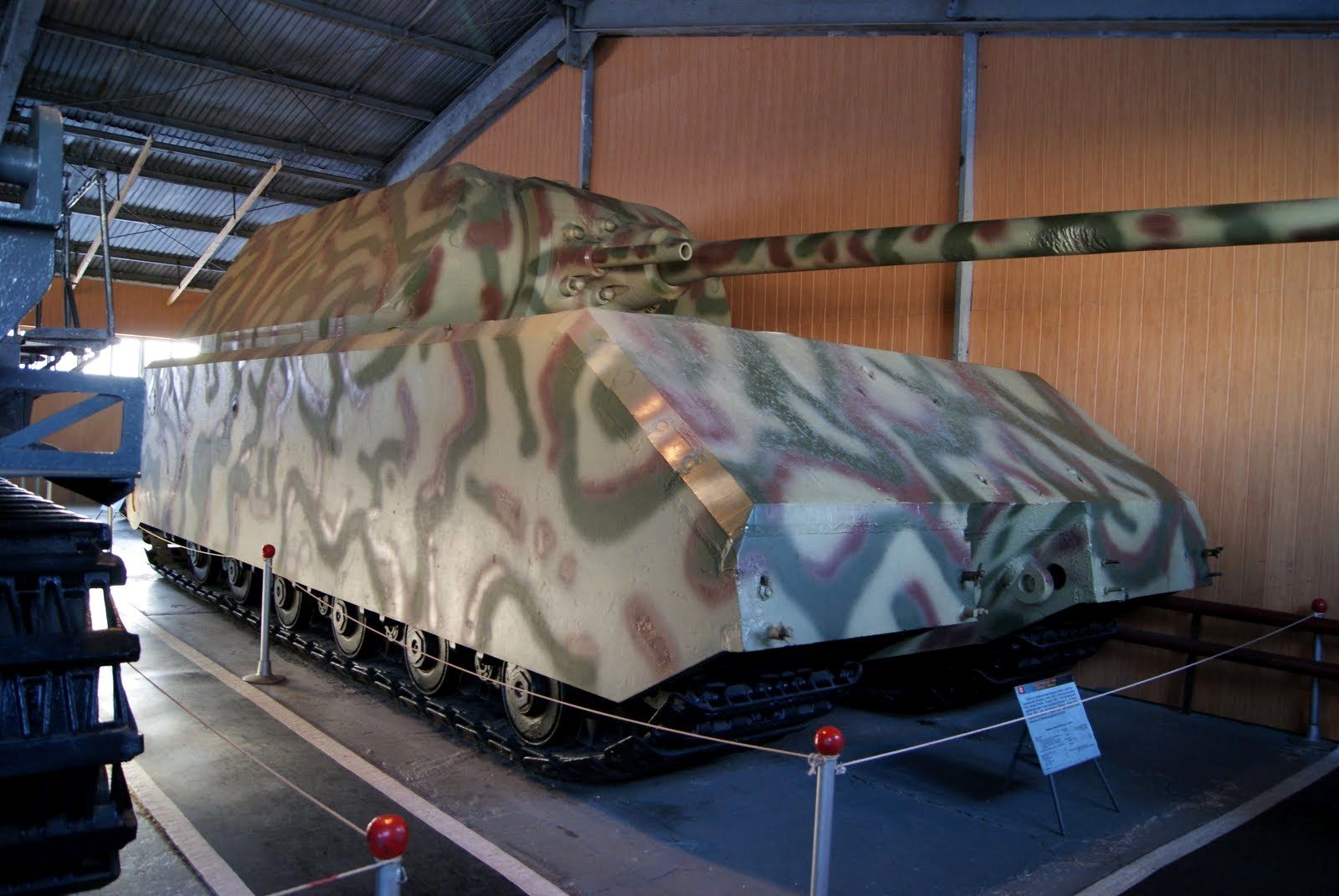
.jpg)
.jpg)

-(2).jpg)
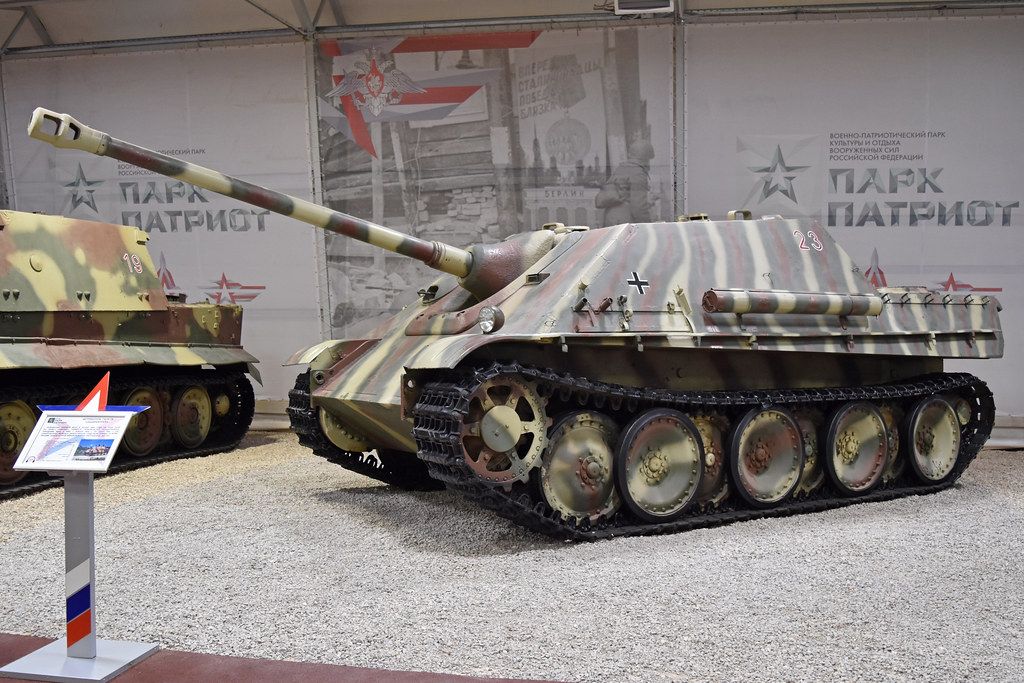
_left_2017_Bovington.jpg)
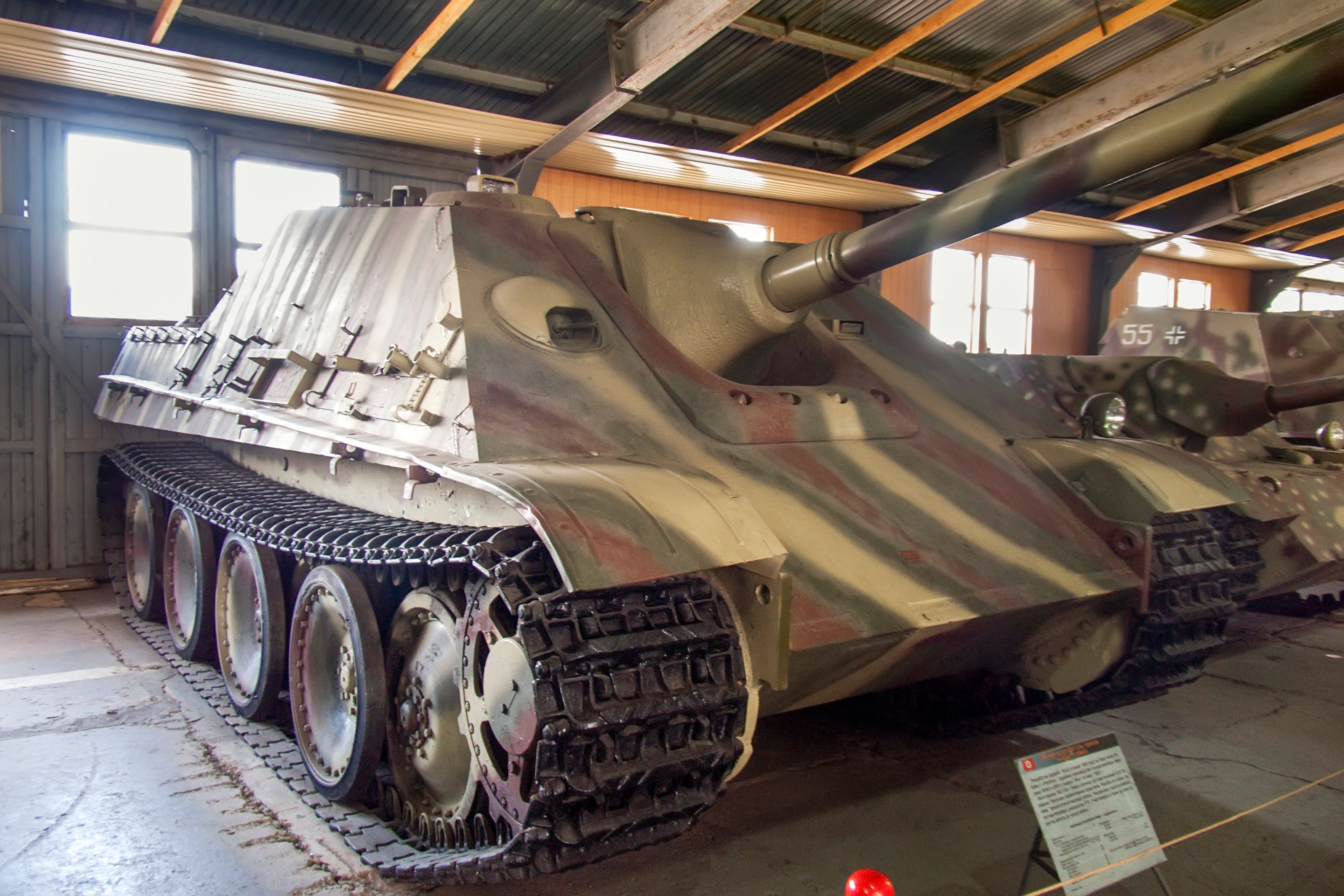
_front-left_2017_Bovington-(1).jpg)
.jpg)
.jpg)
.jpg)
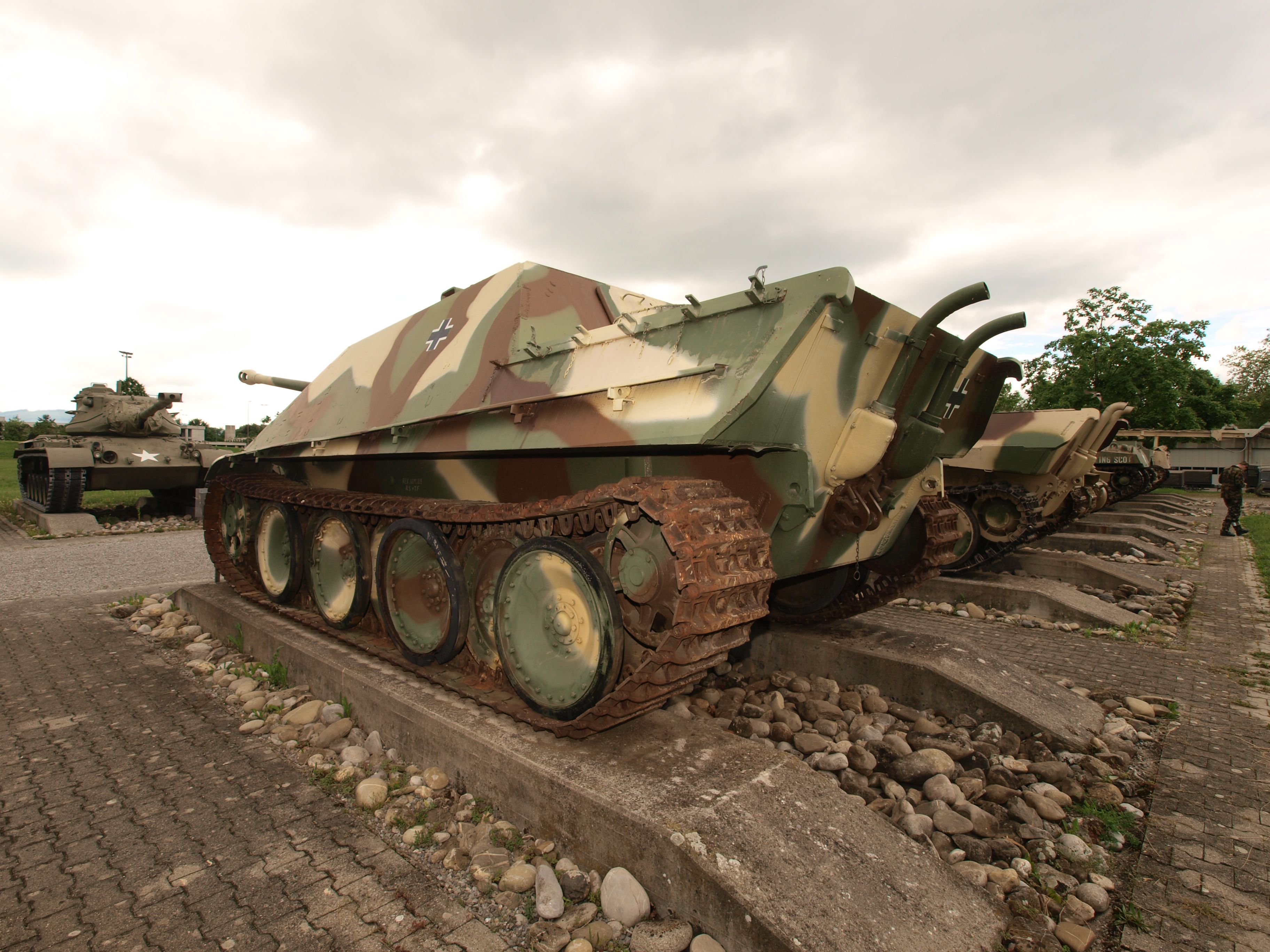
.jpg)
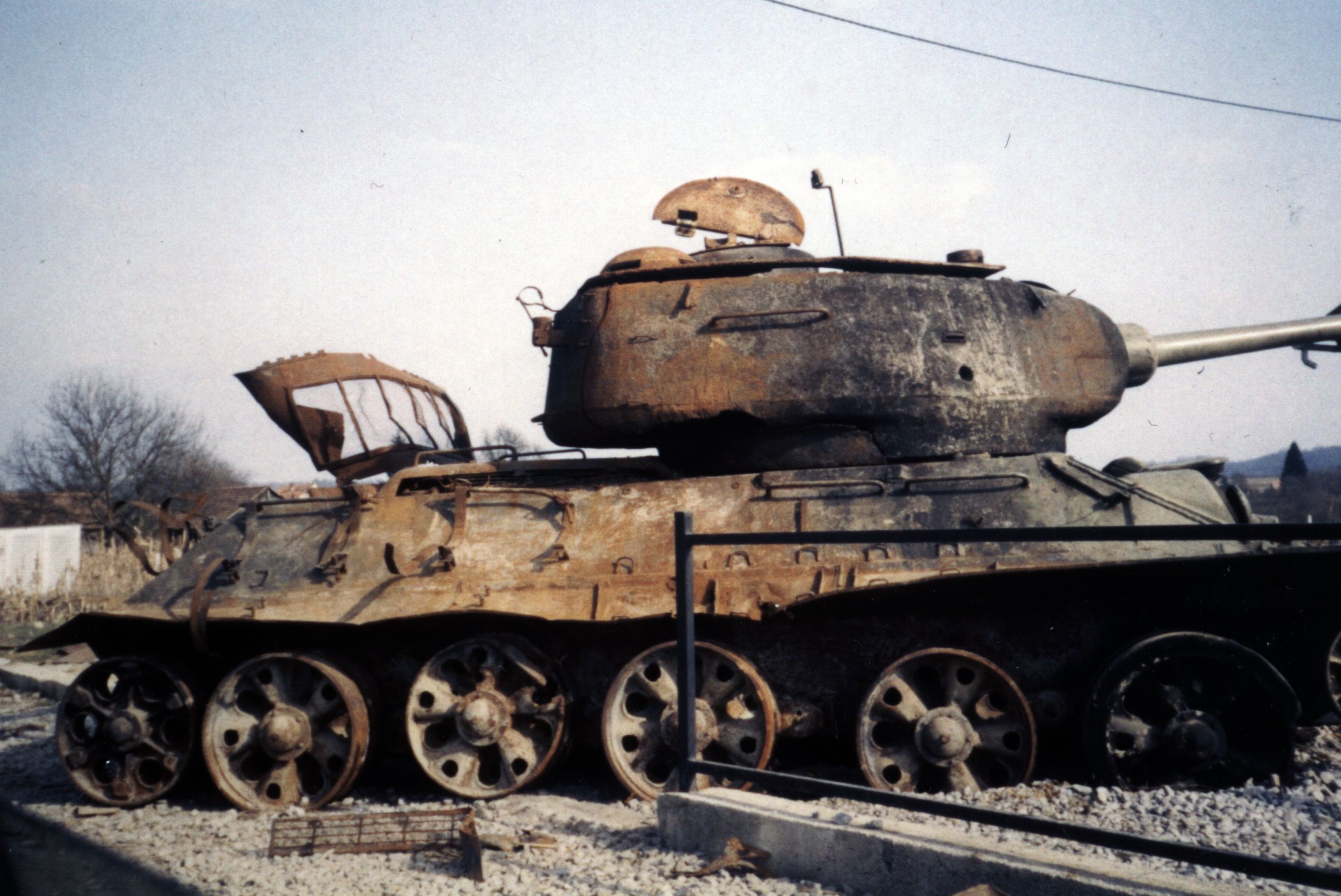
.jpg)
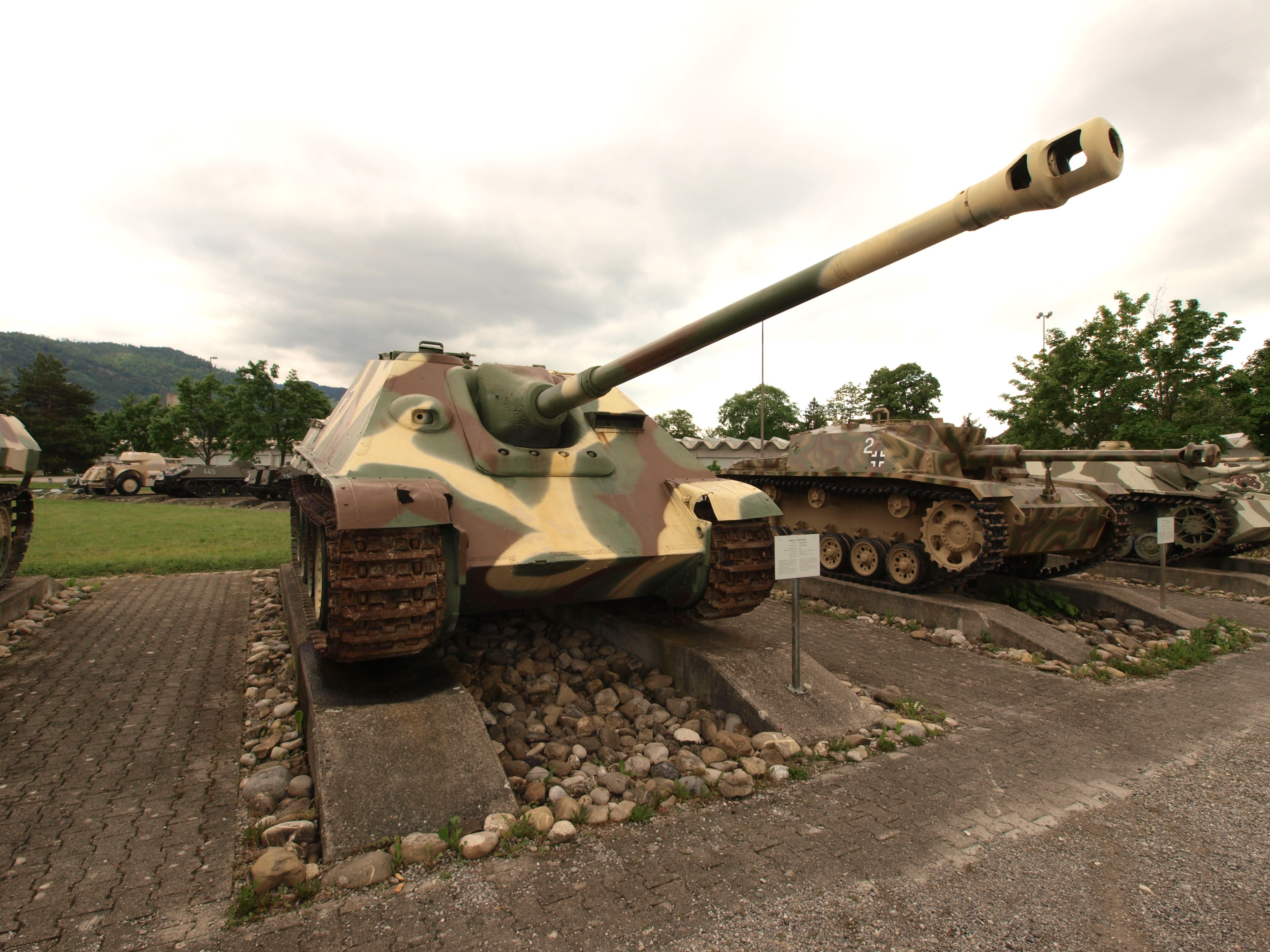
.jpg)
.jpg)